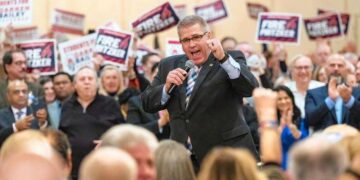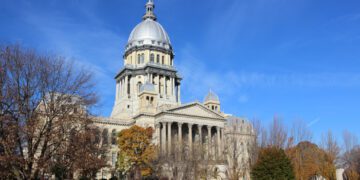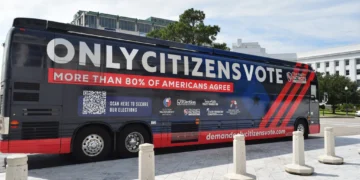It makes sense that regulation should increase poverty: Making it more expensive to run a business or pursue a profession reduces opportunities and raises prices. Not only that, regulation tends to affect low-income groups disproportionately. But, write Dustin Chambers, Patrick A. McLaughlin, and Laura Stanley, “[e]mpirically estimating this relationship [between regulation and poverty] was impossible until recently because of the unavailability of state-level regulatory data.” They continue:
This paper fills this gap in the literature by being the first to examine the impact of federal regulations on poverty within the United States. […] [W]e use the FRASE index, which ranks the 50 states and the District of Columbia according to how federal regulations affect each state. Controlling for a large number of other factors known to influence poverty rates, we find a robust, positive, and statistically significant relationship between the FRASE index and the poverty rates across states. Specifically, we find that a 10 percent increase in the effective federal regulatory burden on a state is linearly correlated with an approximate 2.5 percent increase in that state’s poverty rate.
[Dustin Chambers, Patrick A. McLaughlin, and Laura Stanley, “Regulation and Poverty: An Empirical Examination of the Relationship Between the Incidence of Federal Regulation and the Occurrence of Poverty Across the States,” Mercatus Center, April 26]







